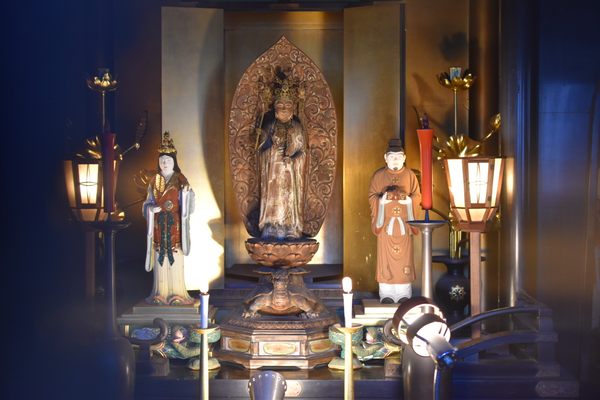About
In the 13th century a dragon was wreaking havoc in Klagenfurt, causing floods that destroyed crossings and threatened travelers along the River Glen. A duke offered a reward for anyone who could capture it, and a brave young man tied a bull to a chain and caught the dragon like a fish.
In 1335 the dragon’s skull (unfortunately in the 1800s zoologists realized it belonged to an Ice Age woolly rhinoceros) was found in a nearby quarry aptly known as Dragon’s Grave. The capital city of Carinthia proudly displayed it in the city’s town hall, and in 1590 Ulrich Vogelsang used it to make what is often cited as the earliest known reconstruction of an extinct animal—it’s attributed to Vogelsang, but it’s more likely an anonymous artist made the sculpture, carved from a single block of chlorite slate. Legend claims 300 men, dressed in all white, carried the six-ton beast to the center of town.
Though it was planned from the start, a fountain wasn’t added until 1624, which is probably also when the dragon, originally facing north, was arranged to look east, under the direction of Michael Hönel whose sculpture of Hercules facing the dragon with a spiked club was added, along with a wrought-iron gate, about 10 years later.
In 1972 the fountain was moved once more, to make room for construction on a parking garage below the Neue Platz. The woolly rhino’s jawless skull is still on display at the Landesmuseum für Kärnten (State Museum of Carinthia).
Related Tags
Community Contributors
Added By
Published
July 12, 2017
















































